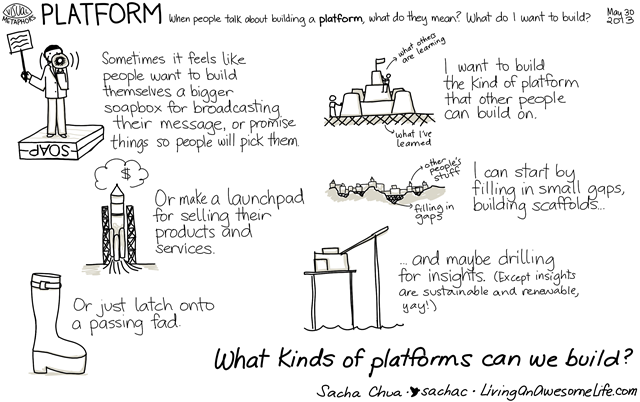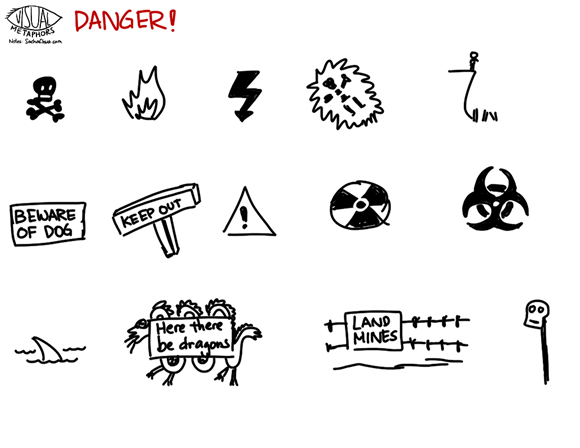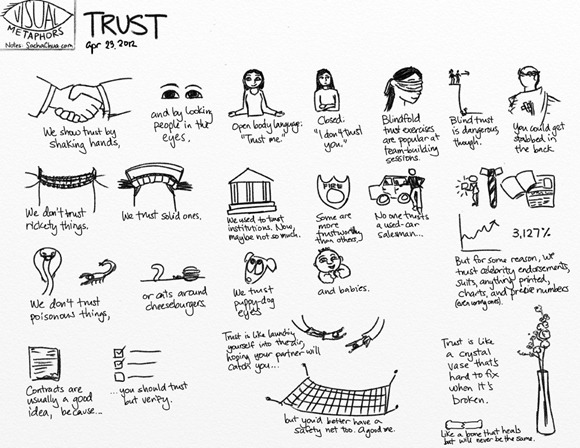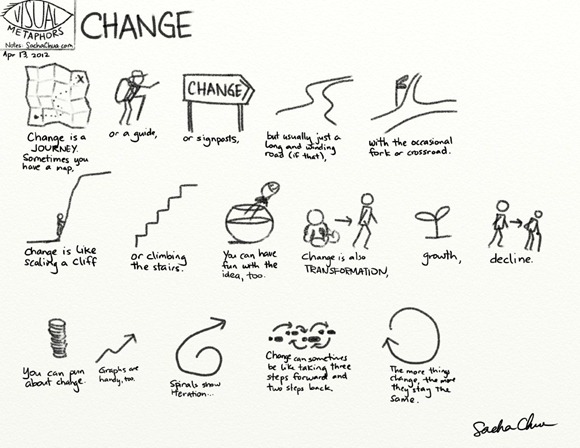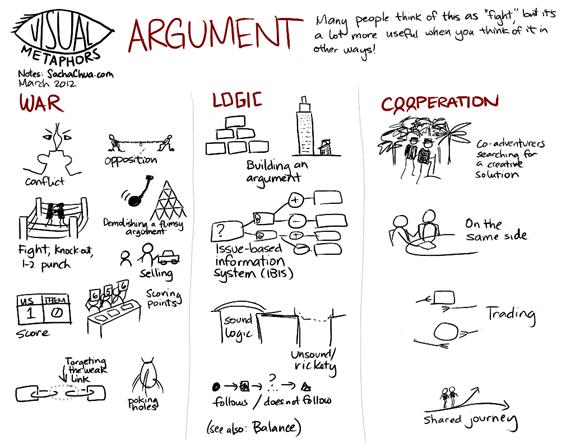Making personal blogs useful for other people too
Posted: - Modified: | blogging, writingWhen people ask my advice on starting a blog, I encourage them to start a personal one. I don't mean that they should focus on writing about what they had for lunch or ranting about something that frustrates them, although they can, if they want to. I mean that it's okay to let their blog reflect them – the quirks of their interests and personality, the little things about them that make them different. I think it's because I hate reading those generic articles of passed-on advice that could have been written by anyone (and indeed, are often churned out a dozen at a time by low-paid freelancers). Our biases show in our advice.
On this blog, I tend to lean very firmly on the side of personal reflections – things I haven't quite figured out enough to clearly explain. When you know something, you can explain it in a way that makes sense, and people see that logic and immediately get that you get it. This is why a well-structured course or book is a thing of beauty. It straightens out the path of learning and helps you get to your goal faster.
When you're still making sense of something, you go in stops and starts. You wander down cul-de-sacs and dawdle along trails. You circle around something, trying to see it from different angles. This is me when I write, following the butterfly of a question somewhere. Perhaps with more editing and more planning, I can hide all of it and present you with just the polished end. But that goes against what I want to encourage.
When someone writes a tutorial with the reader in mind – like drawing a map for someone else to follow – you need to do very little to adapt it to your situation. You can see yourself in it, and you can see how to apply what you want to learn. On the other hand, personal reflections require more translation. It's like the difference between reading a guidebook that someone has written for tourists and a travel journal with observations that sometimes slip into shorthand. You take the guidebook when you go places; you read the journal if you want the feel of someone else's feel of a place.
There's a middle ground here between guidebook and travel journal: a travelogue, written for yourself but also with an eye to other people reading it. In a travelogue, you might take a little more time to explain why a place matters to you instead of simply jotting down a few cryptic references to things that only you know. You might try a little harder to capture the local flavour. You might point out things that perhaps you're not personally interested in but that other people might find interesting.
I think that's what I'd like this blog to grow into over the years and years ahead. I'd like to write a travelogue of life. Far away from the “Top 10 Things to See in __“-type lists, but more than just a photo album of snapshots or a scrapbook of tickets and brochures. Something in the middle.
And I think that feeling one gets when you read a good account–not “Oh, that sounds exotic,” or “I wish I could go,” but rather something that hovers between a new appreciation for unfamiliar things and the familiarity of recognizing home in a strange place–that might be something good to learn how to evoke in readers (you and my future, forgetful self).
Coming back from this extended metaphor – on this blog, the kinds of things that seem to have evoked that kind of a response are:
- Sketchnotes and other visual summaries/thoughts – interesting and easy to share
- Emacs tips and other technical tidbits – useful
- Decisions, reasons, experiments, reflections – sometimes they lead to things like “I feel like that too!” “Mm, that's interesting.” “Have you considered…?”
So here are some things I might try in order to help this personal blog be more useful to other people (not just me):
- Harvest more from notes, and organize them better.
- Make skimming easier by creating more structure with summaries, paragraphs, lists, and formatting. If people can skim faster, that saves them time and lets them focus on what's more relevant to them.
- Think of other people more when writing; translate “I” to “you” occasionally so that other people don't have to
- Do more research and summarize the results. Bringing in other people's experiences and insights can help me learn faster and it also gives me more to share with others.
- Try more experiments. This is like going more places. I don't think I'll ever be patient enough to hold off writing until the end of the journey; I'm more of a write-along-the-way sort of person. But here's a structure that can make it better:
- Initial post: Share the plans and invite people along
- Middle post: Share preliminary observations and progress, link back to initial post, connect with any others who've joined
- Conclusion: summarize findings, link back to previous posts and to co-adventurers
If you have a personal blog, would any of these ideas work for you as well? Tell me how it's going!

